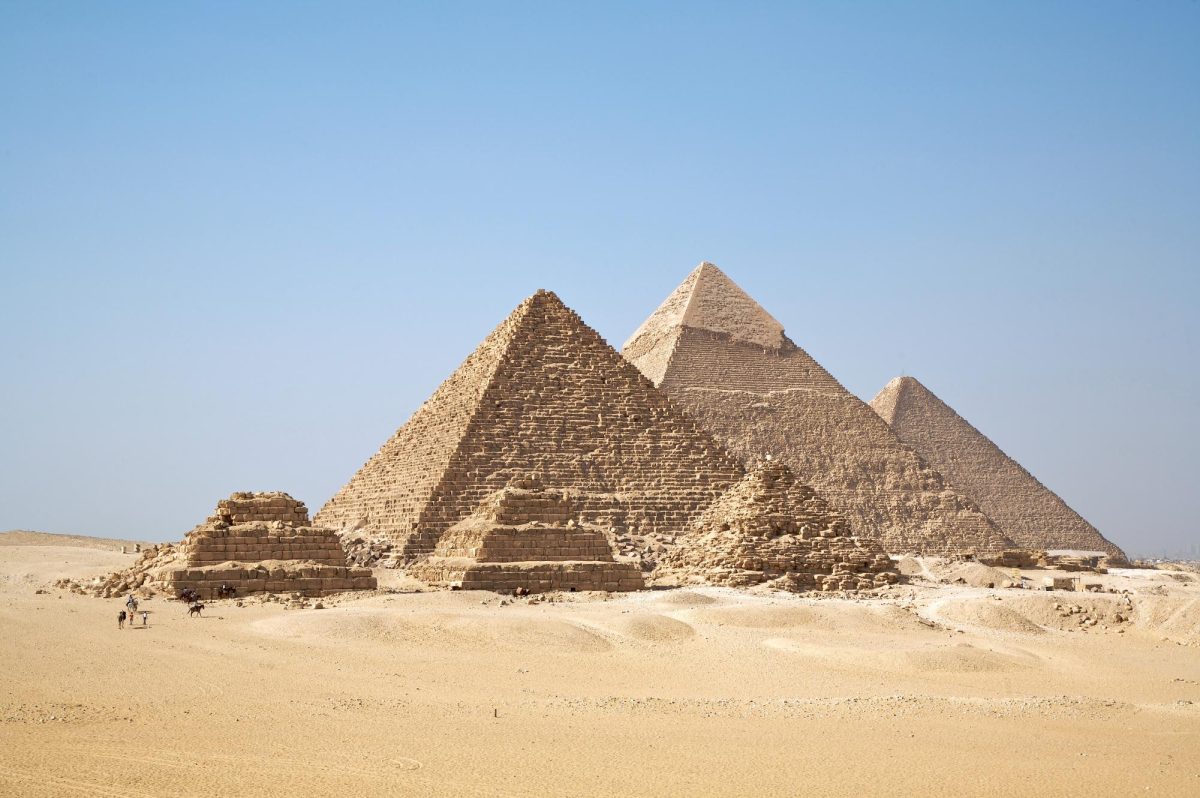As technology advances into the future, scientists are researching more eco-friendly sources for producing energy. Right now, fossil fuels are widely depended upon to generate approximately 82% of the world’s energy. Unfortunately, renewable energy sources — like hydropower, wind power, solar energy, and geothermal energy — require a multitude of money, resources, and space in order to produce even a fraction of energy. Nuclear power plants seem to be one of the biggest hopes of directly replacing fossil fuels across the globe.
This being said, one thing we must be aware of is the extreme dangers of nuclear power if these reactors are incorrectly monitored, or if fatal flaws in the machinery are left uncorrected.
The Chernobyl disaster occurred in 1986, when a nuclear power station located in the Soviet Union was damaged. This power station was located near Pryp’yat, a city northwest of Chernobyl.
This nuclear power plant consisted of four main reactors that were capable of producing over 1,000 megawatts of electricity. To put that into perspective, 1,000 megawatts can power over 173,000 homes across the world.
A fatal mistake occurred in April 1986, when technicians attempted to test the reactor’s turbine system. Unfortunately, the turbine system had failed due to past construction issues that were left unresolved. This — along with the reactor’s power rapidly rising due to the lack of water to cool the system caused several damages — eventually led to the core spiraling out of control.
Several explosions occurred in the nuclear power plant, where it was immediately shut off as emergency protocols were put into place. The explosions caused large fire-ball-like detonations that blew off the heavy steel lid of the reactor, releasing radioactive material into the atmosphere.
A mass “cover up” was attempted by the nuclear power site until a Swedish monitoring station reported abnormally high radioactivity in the wind. Almost 30,000 people had to be evacuated from the perimeter. Civilians had to evacuate and leave their homes with only the clothing on their back, and most never returned.
It is unsure as to who passed away during the explosion, but hundreds of people contracted radiation disease from exposure. The rapid exposure to radiation of high amounts in a short time can rapidly degrade and destroy DNA in our cells, causing several mutations or malfunctions.
Between 50 and 185 million curies of radionuclides, the unique chemical elements of radioactivity, were released into the land; several more times of radioactivity than what was found in the atomic bomb dropped on Hiroshima during World War II.
The Soviet Union created an exclusion zone centered around the power plant, initially covering around 1,000 square miles. It was later expanded to cover roughly 1,600 square miles once scientists realized the radiation infected more land than they originally thought.
As the Soviet Union disbanded, Ukraine was left in control of the exclusion zones. There are some areas that are still highly contaminated with radiation, but in some areas it is safe to explore. Ukraine opened the safer areas to host tours to see the aftermath and history of the buildings surrounding Chernobyl, where people once lived and thrived with their friends and family.
Nuclear power may be the future, but we have to be very careful about the creation of these power plants, as well as having proper safety checks and protocols on the equipment to prevent such a disaster happening every again. Until then, Chernobyl may be uninhabitable for people to safely live in for another 20,000 years.
For more information please visit www.britannica.com/event/Chernobyl-disaster.



